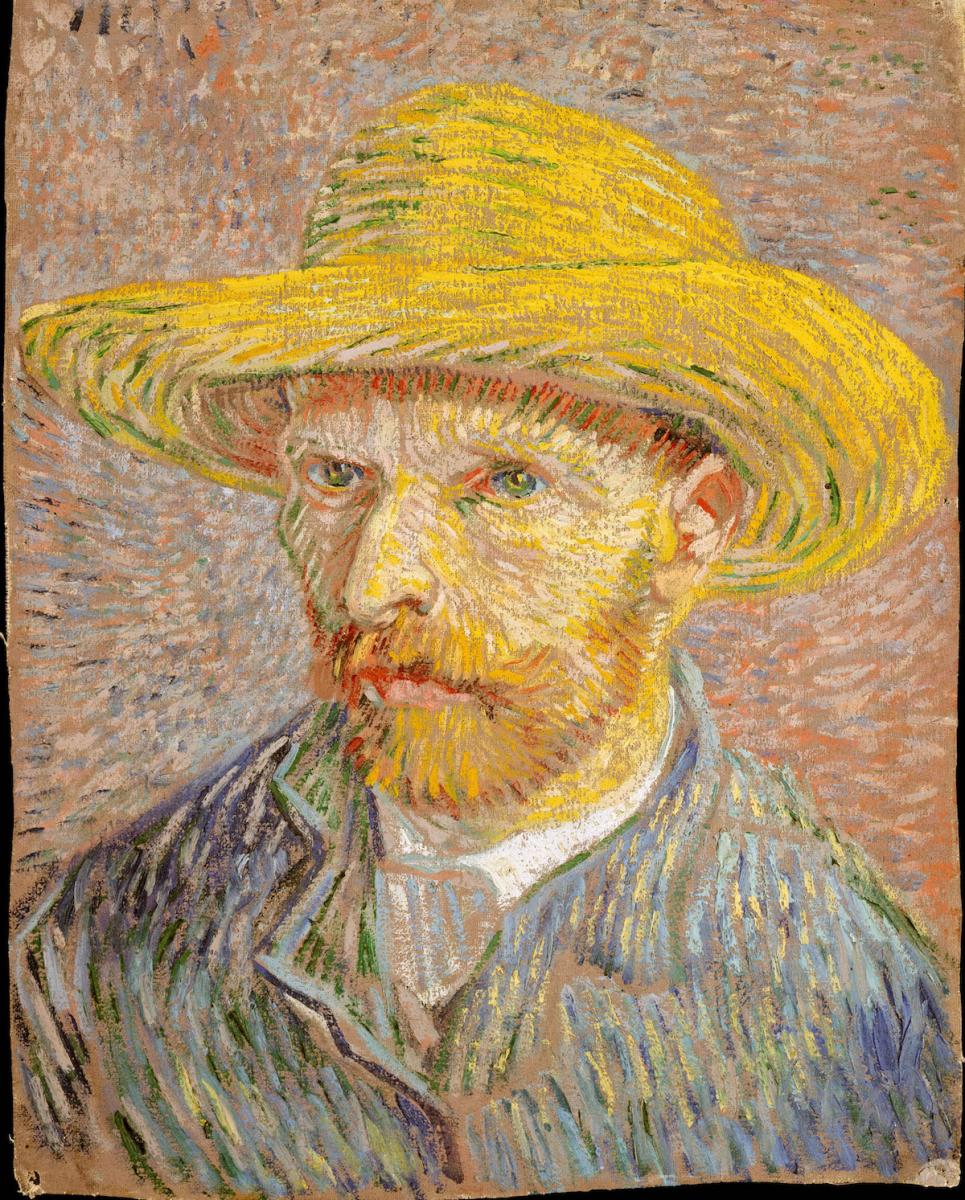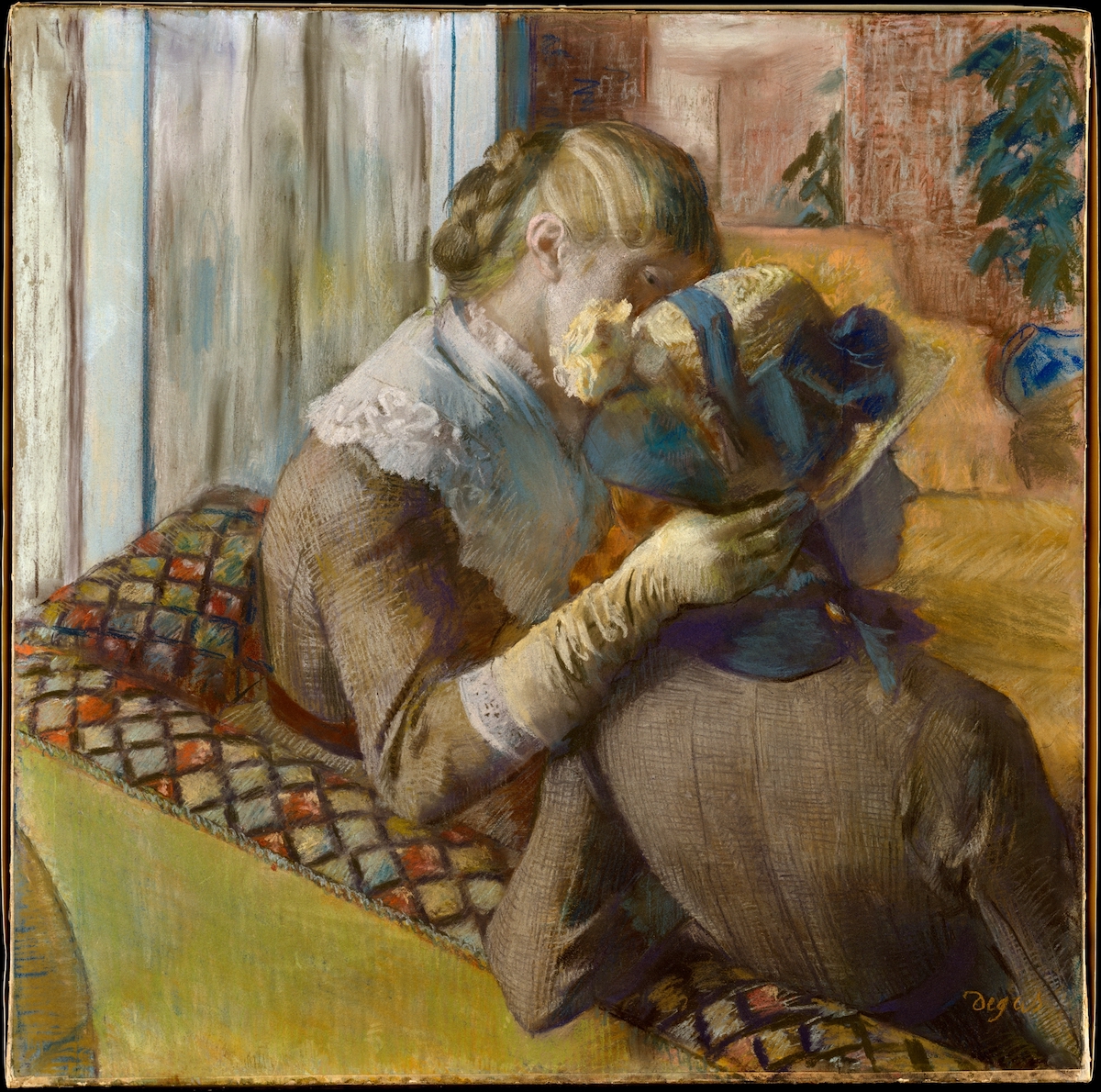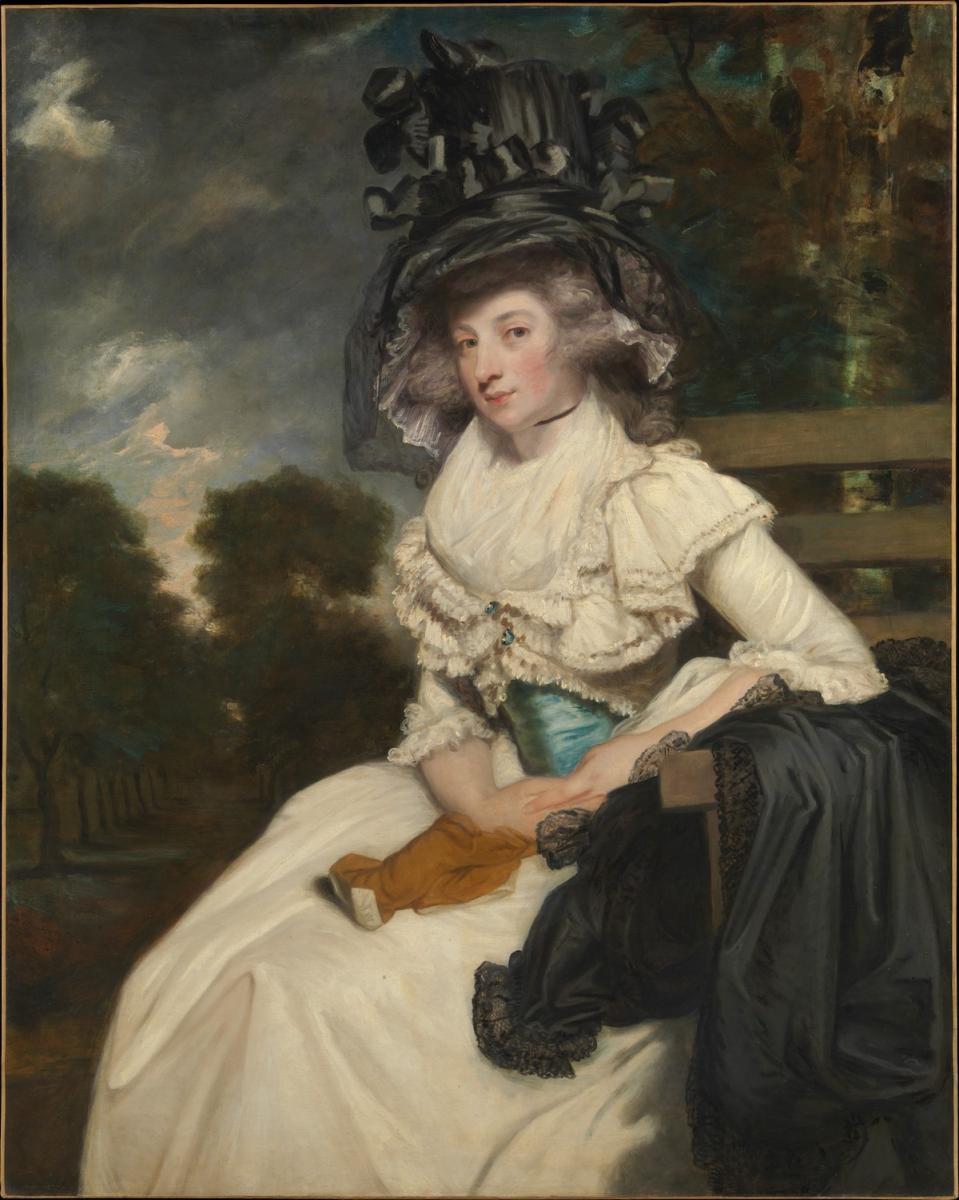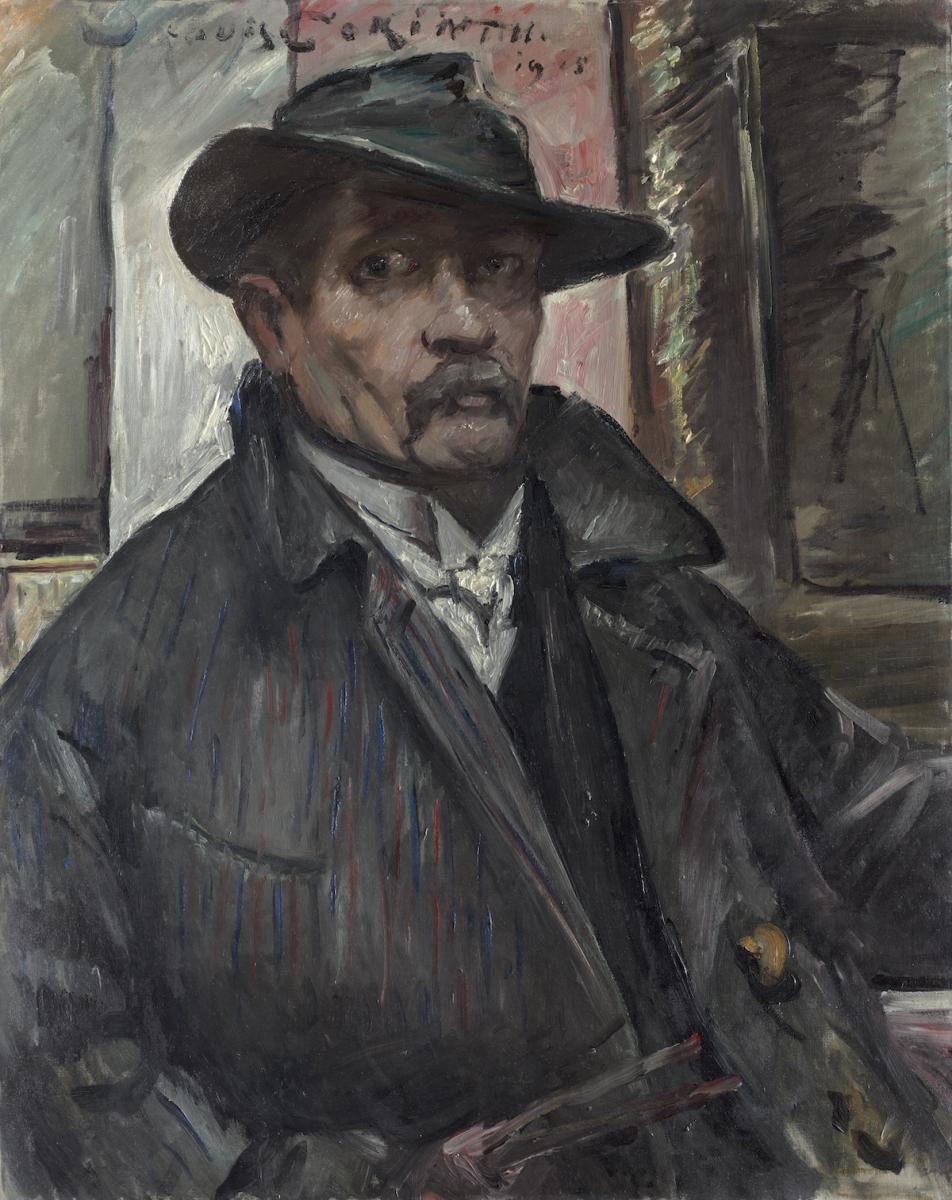This wonderful Cornish workshop and museum is dedicated to the legacy of studio pottery trailblazer Bernard Leach
Hats off to June – 5 artworks that celebrate headwear!
Hats off to June – 5 artworks that celebrate headwear!
16 Jun 2023
From regattas to races, it’s the season for famous summer activities – and some of them, says Ciaran Sneddon, simply demand a hat. In response, here is our pick of five artworks featuring choice headgear
Now that we’ve reached the middle of the year, all thoughts turn to the height of summer. The longer days will, for some, offer a chance to pull out the clothes that have been hidden away for the winter and spring – the shorts, flip-flops and more.
But spare a thought for the attendees of, for instance, Royal Ascot, for they face a different clothing conundrum: what hat to wear.
It is with this chapeau in mind that we pick through the boaters, beanies, bowlers and bonnets of bygone years for a definitive list of artworks that we think deserve the doffing of our collective caps.
 Self-Portrait with a Straw Hat (obverse: The Potato Peeler), Vincent van Gogh (1853–90). Image: The Met Collection/Bequest of Miss Adelaide Milton de Groot (1876–1967), 1967 68.187.70a
Self-Portrait with a Straw Hat (obverse: The Potato Peeler), Vincent van Gogh (1853–90). Image: The Met Collection/Bequest of Miss Adelaide Milton de Groot (1876–1967), 1967 68.187.70a
Brilliant brim
One of the many self-portraits produced by Van Gogh during his time in Paris in the 1880s, this particular painting of 1887 was brought to life on the opposite side of a dark, moody image of a woman peeling a potato.
Van Gogh was clearly a fan of hats: several of his self-portraits feature the same straw creation and a similarly styled grey felt one.
This rendition of his beautiful straw headpiece is particularly bright and lively and offers striking contrast to the other side of the canvas. Indeed, many of Van Gogh’s Parisian portraits share their material with a previous, usually much gloomier, piece.
 At the Milliner’s, Edgar Degas (1834–1917). Image: The Met Collection/The Walter H and Leonore Annenberg Collection, Gift of Walter H and Leonore Annenberg, 1997, Bequest of Walter H Annenberg, 2002
At the Milliner’s, Edgar Degas (1834–1917). Image: The Met Collection/The Walter H and Leonore Annenberg Collection, Gift of Walter H and Leonore Annenberg, 1997, Bequest of Walter H Annenberg, 2002
Perfect fit
Never let it be said that hats belong solely to the men. Indeed, there seems to be an equal abundance of headwear-based artworks representing both sexes. In Degas’ charming pastel and oils here, created in 1881, we see a scene from a millinery shop, with a woman in a new hat.
There are some interesting theories about the evolution of this work, including the idea that, at first, the woman on the left was to have been a shopgirl and the woman now seen on the right, a hat stand. This idea clearly didn’t last, though, given that the two present women are both enjoying a seat on the sofa – a luxury that would not have been afforded to a shopgirl of the 1880s.
 A Bearded Man Wearing a Hat, Rembrandt van Rijn studio (1606–69) c.1655–60. Image: Gift of the Hanna Fund, The Cleveland Museum of Art
A Bearded Man Wearing a Hat, Rembrandt van Rijn studio (1606–69) c.1655–60. Image: Gift of the Hanna Fund, The Cleveland Museum of Art
Mystery man
This image of a man in a soft black hat – very much living up to the title of the work – is a typical example of Rembrandt’s portraiture from 17th-century Amsterdam.
At the time the city was seen as a beacon of open values, particularly towards those in different religious communities. For this reason, and because Rembrandt was known to spend time with those from Ashkenazim backgrounds, many of his portraits were seen to represent individuals and traditions within the Jewish faith.
This could be the case with this portrait but, as with many other works, there isn’t enough evidence to identify the subject. Neither, curiously, can the identity of the artist himself be certain – it’s now thought this is more likely to be a product of his workshop, rather than Rembrandt himself.
 Mrs. Lewis Thomas Watson (Mary Elizabeth Milles, 1767–1818), Sir Joshua Reynolds (1723–92), 1789. Image: The Met Collection/Bequest of Mrs Harry Payne Bingham, 1986
Mrs. Lewis Thomas Watson (Mary Elizabeth Milles, 1767–1818), Sir Joshua Reynolds (1723–92), 1789. Image: The Met Collection/Bequest of Mrs Harry Payne Bingham, 1986
Tall order
Thus far, the hats on show have lacked some of the derring-do of those seen at Royal Ascot (on from 20–24 June this year). While they have revealed something about the creators and subjects of the portraits, they do little to satisfy a desire for the lavish headpieces that draw so much press attention each year.
So let’s look at a portrait that celebrates an elaborate – if one-tone – hat.
Seen here is the title figure, a wealthy heiress and only child, who was painted twice by society favourite Sir Joshua Reynolds. Only one of the artworks has ever made its way into the public realm, with the second thought to still belong to her family’s descendants. Finished in the dusk of Reynolds’ life and career, it reveals the literal heights of fashion at the time.
 Self-Portrait with Hat and Coat, Lovis Corinth (1858–1925). Image: The Cleveland Museum of Art/Leonard C Hanna Jr Fund
Self-Portrait with Hat and Coat, Lovis Corinth (1858–1925). Image: The Cleveland Museum of Art/Leonard C Hanna Jr Fund
At an angle
The German artist Lovis Corinth’s artworks can generally be split into two camps: those that came before his 1911 stroke, and those after. Having previously resisted the encroachment of Expressionism, he began to experiment with style more following his near-death experience.
This 1915 self-portrait is one of several from the years after the stroke that were used by Corinth to express his own mental state. Clearly, it is a man in the later half of his life, although his eyes speak a different language – and reveal much more – than the silhouette cast by his overcoat and large hat.
It’s a commanding image and feels fitting: from this year until his last, he would serve as president of Berlin Secession – an influential art group that facilitated exhibitions beyond the reach of the state, organising its own art activities in opposition to the government.
About the Author
Ciaran Sneddon
Ciaran Sneddon writes for The Arts Society
JOIN OUR MAILING LIST
Become an instant expert!
Find out more about the arts by becoming a Supporter of The Arts Society.
For just £20 a year you will receive invitations to exclusive member events and courses, special offers and concessions, our regular newsletter and our beautiful arts magazine, full of news, views, events and artist profiles.
FIND YOUR NEAREST SOCIETY
MORE FEATURES
Ever wanted to write a crime novel? As Britain’s annual crime writing festival opens, we uncover some top leads
It’s just 10 days until the Summer Olympic Games open in Paris. To mark the moment, Simon Inglis reveals how art and design play a key part in this, the world’s most spectacular multi-sport competition



